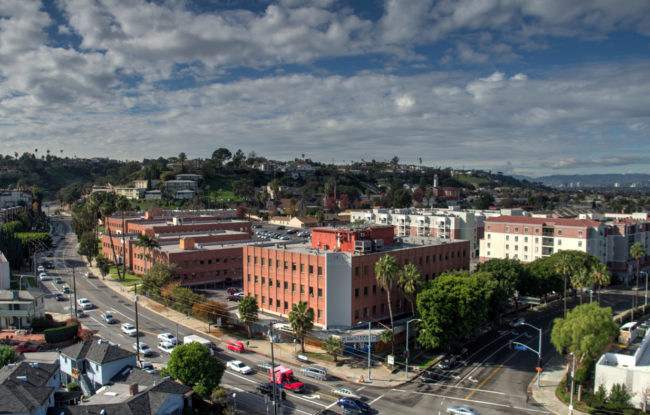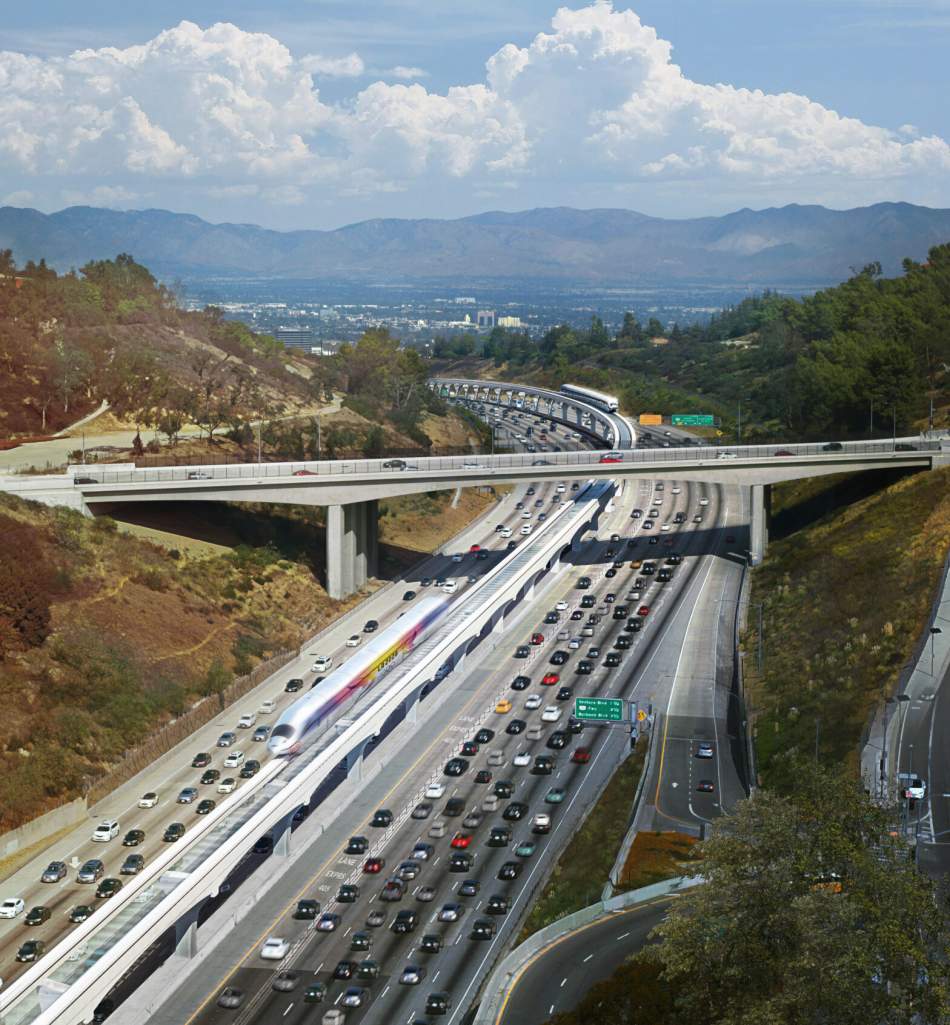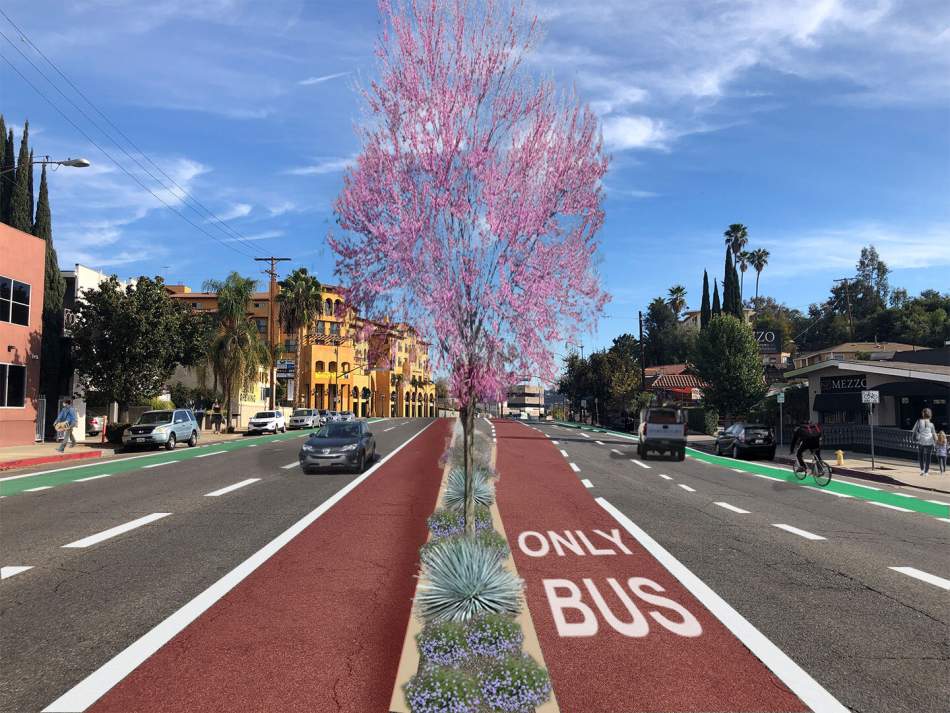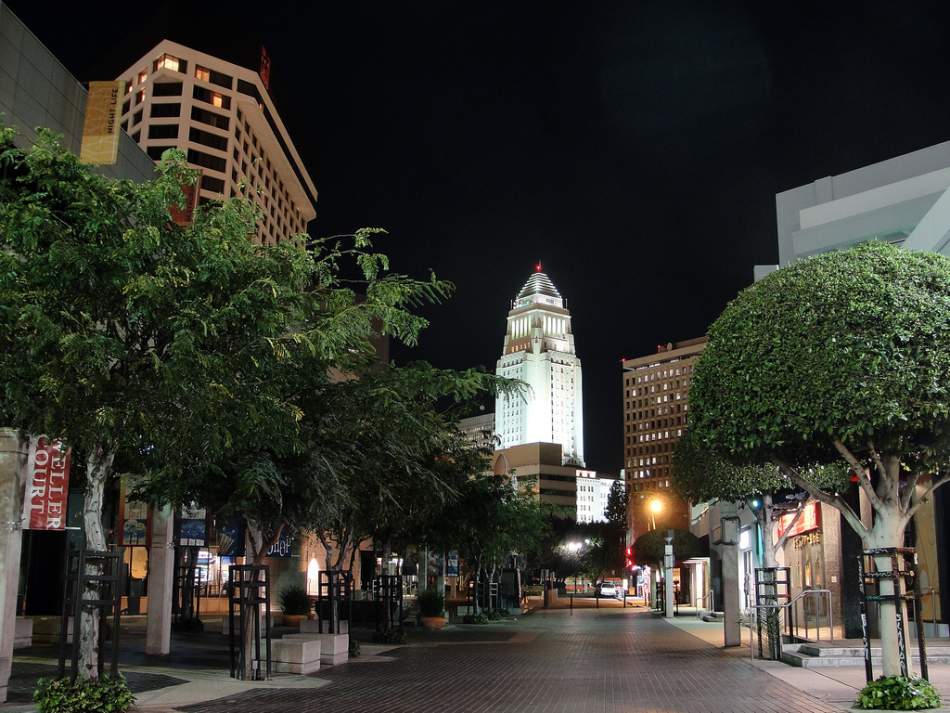Another big property near the Crenshaw/LAX Line in Baldwin Hills could be primed for redevelopment.
 3701 W Stocker StreetPRNewsfoto/Optimus Properties, LLC
3701 W Stocker StreetPRNewsfoto/Optimus Properties, LLC
Highland Park, Illinois-based firm 4S Bay Partners, LLC has paid $24 million to purchase a 1.85-acre site at 3701 W. Stocker Street. The property, which is currently developed with a 45,000-square-foot office building, abuts a 3.3-acre lot at 3731-3761 W. Stocker Street that the company acquired last year for $35 million.
4S Bay, which bills itself as a company that seeks to eliminate prejudice and inequities through investments in marginalized communities, could develop the combined site with a film studio, an entertainment campus, or a business incubator.
A campus-style project at 3701 Stocker could be the latest in a series of large developments planned for the Baldwin Hills area in the wake of the Crenshaw/LAX Line's construction, as well as the designation of the surrounding community as a Federal Opportunity Zone.
Just east on Stocker, redevelopment plans for the Baldwin Hills Crenshaw Plaza remain in flux. Although the property is entitled for a mixed-use project which could add offices, housing, and a hotel to the mid-century mall, separate efforts from developers CIM Group and LIVWRK have fallen through in the face of community opposition. Activists, working under the banner of Downtown Crenshaw, hope to acquire the property and redevelop it under community ownership.
Things to read from the past week:
 Conceptual rendering of a monorail viaduct in the median of the I-405 Freeway in the Sepulveda PassLA SkyRail Express
Conceptual rendering of a monorail viaduct in the median of the I-405 Freeway in the Sepulveda PassLA SkyRail Express
Editorial: Forget the monorail. L.A. needs a real transit line through the Sepulveda Pass: The Los Angeles Times Editorial Board comes out in favor of the heavy rail alternative for the Sepulveda Pass Transit Corridor, noting that the proposal from LA SkyRail Express would bypass one of the Westside's biggest activity hubs (UCLA) and run in the median of the 405 Freeway, offering a poor experience for passengers. On the flip side, a monorail is expected to cost $6.1 billion - a steep discount relative to the estimated $10.8-billion price tag of the heavy rail alternative. (LA Times)
Op-Ed: How to make sure the L.A. River Master Plan fulfills its promise to the Gateway Cities: After industrial flight in the 1970s and 1980s, and now the potential of gentrification looming on the horizon, Jon Christensen and Becky Nicolaides outline how the L.A. River Master Plan could shape a better future for the cities in southeast L.A. County. (LA Times)
 Conceptual rendering of center median bus lanes on Colorado BoulevardEagle Rock Forward
Conceptual rendering of center median bus lanes on Colorado BoulevardEagle Rock Forward
Community-Led ‘Beautiful Boulevard’ Plan Puts Bus Rapid Transit into a Walkable Downtown Eagle Rock: Eagle Rock residents (and now Metro Board member Hilda Solis) make the case for a building a complete street on Colorado Boulevard as part of the North Hollywood to Pasadena BRT Line (Streetsblog LA)
Metro Overspent Its Policing Budget By How Much?! "There is no other category of spending that could exceed its budget by this much without the Metro Board raising serious questions about the program’s sheer fiscal irresponsibility. As we have discussed at length with respect to bus service, even when the Board directs money to restoring service, Operations resists spending it. How is it then that in the wake of the largest wave of calls to change the mainstream conception of acceptable policing practices, Metro is pushing not only for more money but for a longer period of time on a contract that simply is not working?" (Investing in Place)
 A conceptual rendering of Archer's eVTOL Aircraft, which the company hopes to launch in Los Angeles by 2024Archer
A conceptual rendering of Archer's eVTOL Aircraft, which the company hopes to launch in Los Angeles by 2024Archer
Archer Aviation Plans to Fly Electric Air Taxis Around LA by 2024: A Palo Alto-based company developing electric aircraft capable of vertical takeoff and landing wants to have air taxis up and running in Los Angeles by 2024. (dot LA)
Op-Ed: You should have the right to know your landlord’s name D. Victoria Baranetsky, general counsel at Reveal from the Center for Investigative Reporting, makes the case for transparency of land ownership as a public good. The proliferation of shell corporations, she argues, means that tenants don't know who they're paying rent to and money laundering is harder to detect. (LA Times)
Fry's Electronics rumored to permanently close nationwide tonight Changes in the retail industry, compounded by the impacts of the COVID-19 pandemic, deal a fatal blow to the kitschy chain (Shacknews)
Editorial: This is not the time to claw back L.A. homeless housing money to build shelters The Times Editorial Board cautions against taking back HHH money earmarked for as-yet unbuilt permanent supportive housing projects to reallocate funds to shelter facilities (LA Times)
 Astronaut Ellison S. Onizuka Street with Weller Court, Challenger Memorial and Los Angeles City Hall in backgroundWikimedia Commons
Astronaut Ellison S. Onizuka Street with Weller Court, Challenger Memorial and Los Angeles City Hall in backgroundWikimedia Commons
How a new anti-gentrification group in Little Tokyo is fighting to prevent the erasure of Japanese history in L.A. "There is a rich history of political organizing in Little Tokyo; since their arrival as immigrants in the late 1800s, Japanese Americans have been fighting to preserve their Japantown. They built a community amidst redlining but then had to organize against the exploitation of labor and displacement once the neighborhood was established." (LA Taco)
Looking for Bargains on Office Space? Prepare for Sticker Shock. Rents Are Higher Than Before COVID You heard that right. Dot LA reports that he Los Angeles office market has performed significantly better than other major cities during the pandemic. Demand was down by only 15 percent in LA year-over-year in L.A., compared to a 52 percent drop in San Francisco and 68 percent decline in New York. Part of that is the intense demand for streaming content, as companies such as Netflix have continued to gobble up office space. (dot LA)
LA’s Historic Firestone Tire Building Is Reborn "The landmarked Firestone building, spanning more than 13,000 feet in total, is a preservationists dream. First built in 1938, the building retains much of its streamline moderne appeal, from the original red floors and rounded roofline to the still-intact warehouse windows." (Eater LA)






